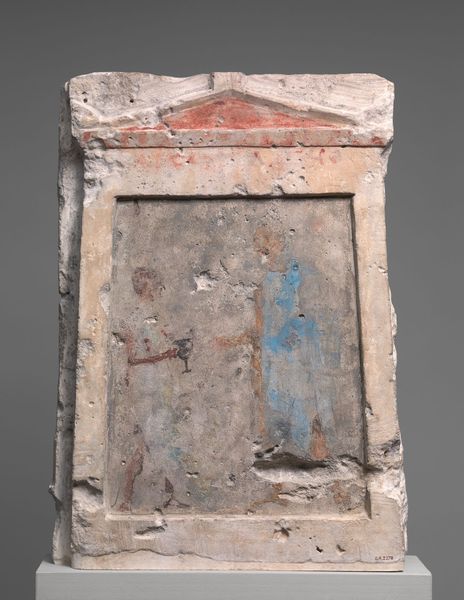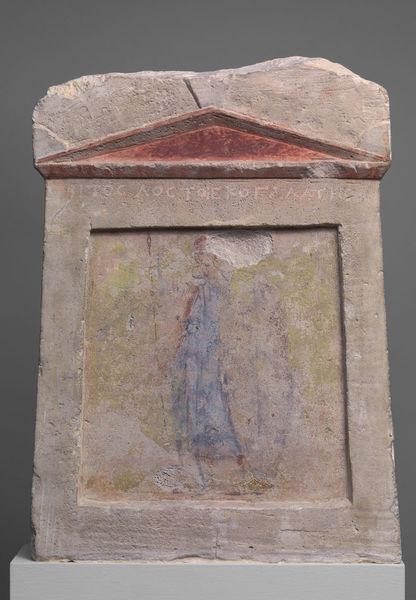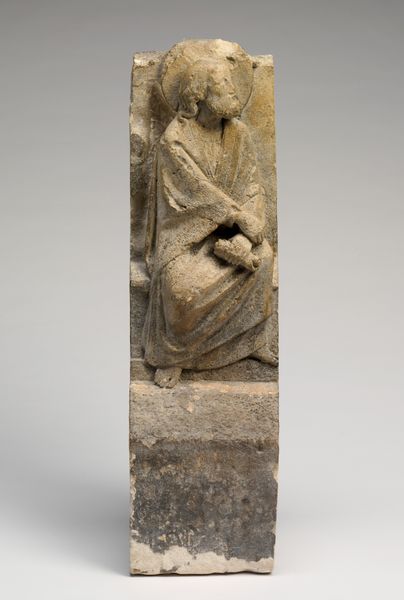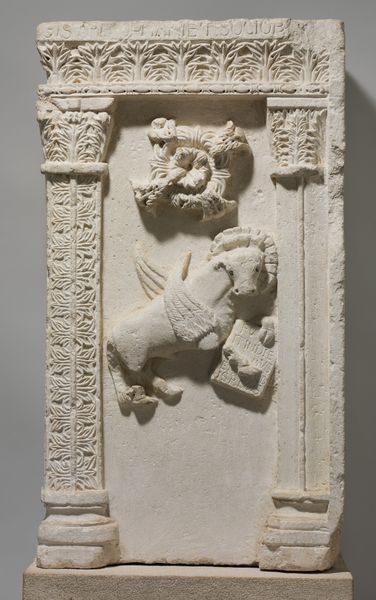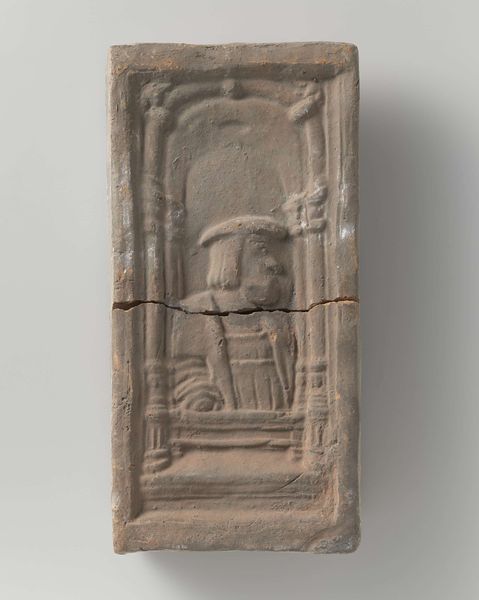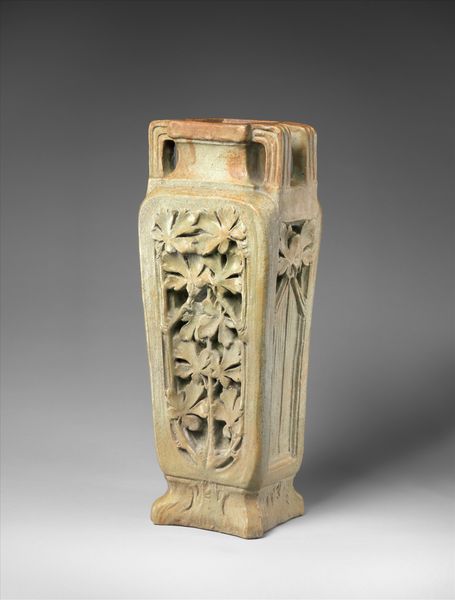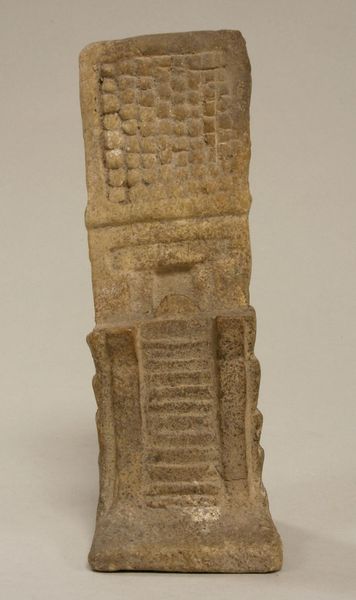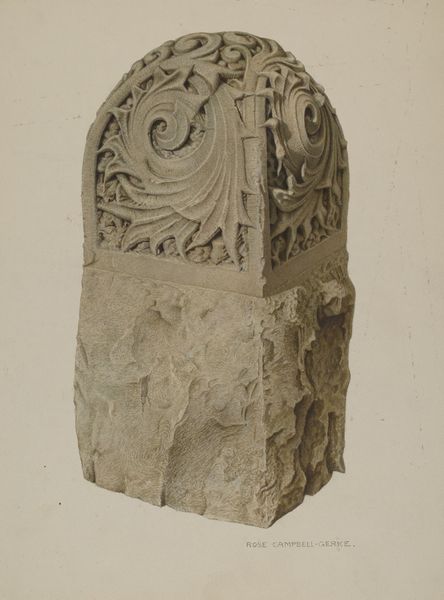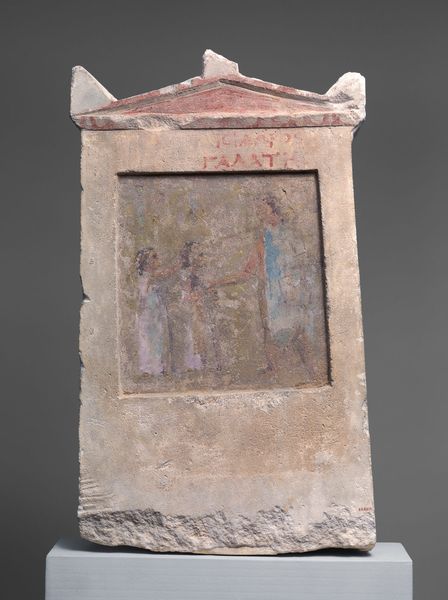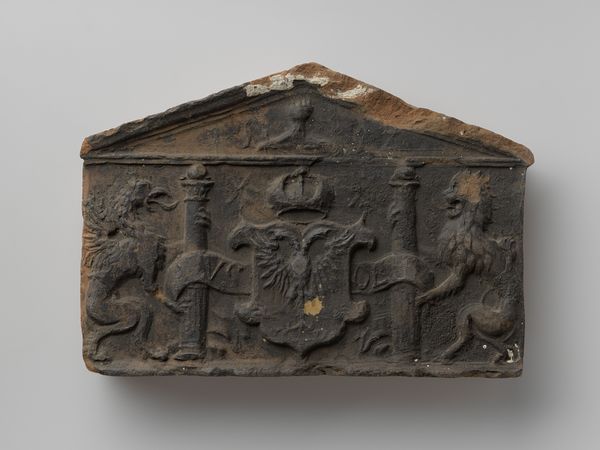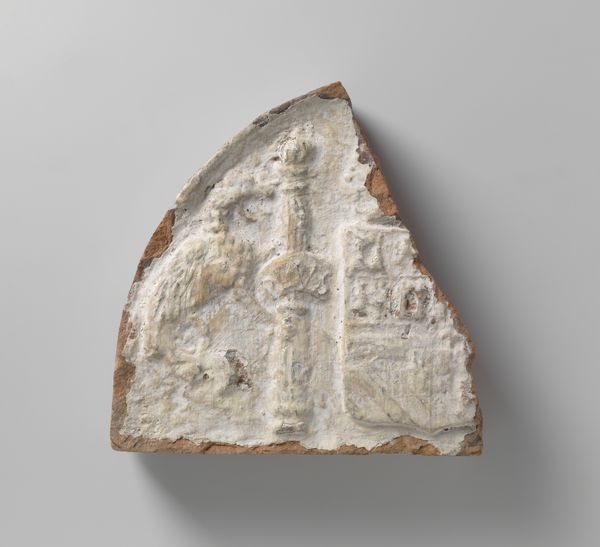
Painted Limestone Funerary Slab with a Man Controlling a Rearing Horse 275 BC
0:00
0:00
carving, tempera, painting, sculpture
#
portrait
#
carving
#
tempera
#
painting
#
sculpture
#
greek-and-roman-art
#
ancient-mediterranean
#
sculpture
#
history-painting
Copyright: Public domain
This painted limestone funerary slab, created sometime between 700 and 31 BC, offers a glimpse into the social values of Ancient Greece. The image of a man controlling a rearing horse speaks volumes about status and power. In ancient Greek society, horsemanship was associated with the aristocracy, symbolizing wealth, leisure, and military prowess. This slab suggests that the deceased belonged to a privileged class. The act of controlling the powerful animal may have been a metaphor for the deceased individual’s command over his own life and the world around him. The funerary context further suggests an idealized vision of the deceased, one that reinforces existing social hierarchies. To truly understand the significance of this artwork, one can delve into archaeological records, social histories, and iconographic studies to learn more about the values of ancient Greek society. Understanding those values allows one to appreciate the public role of art.
Comments
No comments
Be the first to comment and join the conversation on the ultimate creative platform.

